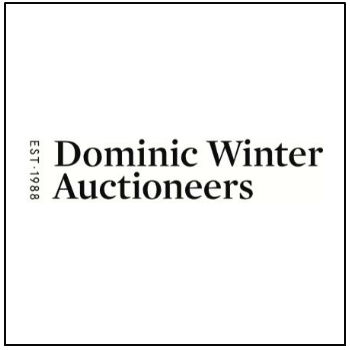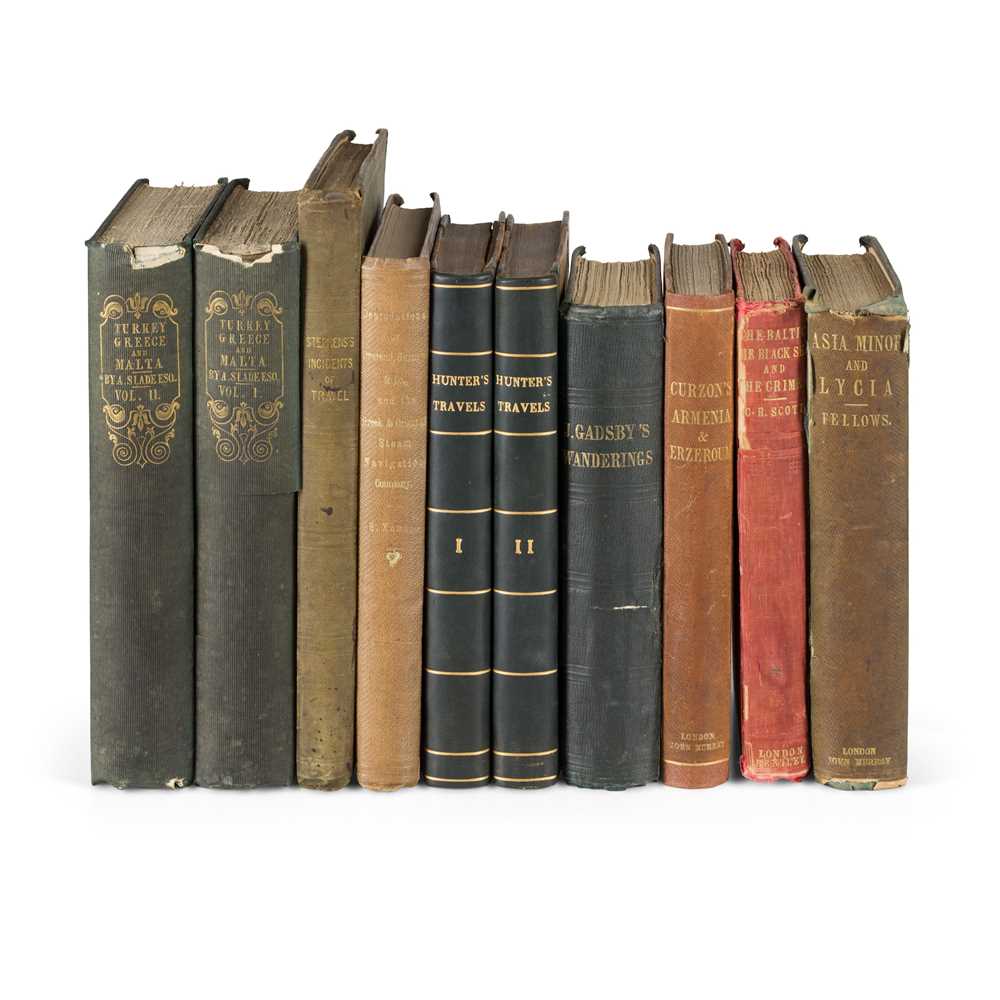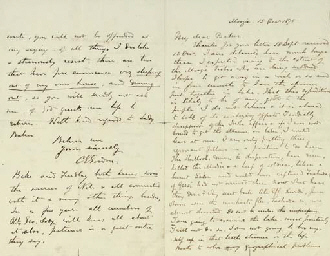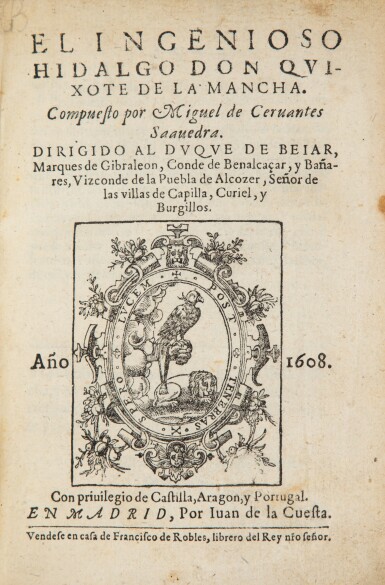FELLOWS, Sir Charles (1799-1860). A collection of autograph letters (retained copies), drafts and notes, and of letters addressed to Fellows by scholars, learned societies, the Trustees and curators of the British Museum and others, mostly London, Paris, Malta, Smyrna and Xanthus, circa 1838-1856 , relating to his expeditions to Xanthus and other places in Turkey, including the British Museum's request to him to undertake the bringing away of the marbles from Xanthus, the provision of assistance and transport by the Admiralty in collecting the monuments and sculptures, his agreement with the architect Robert Hesketh who accompanied him, notes on inscriptions, the Lycian language, Turkish placenames; observations on trees, birds and local customs; discussion of the sculptures and the publication of his drawings and pamphlets; copies of Fellows' letters to the Trustees of the British Museum protesting at the treatment and arrangement of the marbles in London including the famous Ionic monument and the 'Harpy' tomb, altogether approximately 370 pages, various sizes , and a few letters on other subjects. Charles Fellows discovered the Lycian ruins at Xanthus, some miles inland from Patara, in 1838. The publication of his Journal in 1839 aroused such interest that the Trustees of the British Museum requested that a firman be obtained from the Sultan to permit Fellows to bring away Lycian works of art. The firman was eventually received in 1842 when, on his third expedition, he brought away 78 cases of architectural remains and sculpture. In 1844 when he was accompanied by a party of over 100 including naval ratings and officers, stonecutters, carpenters, copyists and interpreters, he conveyed a further 27 cases back to London. Fellows, who to save delay had borne much of the cost of the expeditions himself, gave his portfolios of drawings, his measurements taken at the site and all the information he had recorded to the museum, to assist in the arrangement of the magnificent sculptures there. Convinced of the rightness of the modern and scholarly arrangements he had observed in German museums, he was to be bitterly disappointed by the treatment of the Xanthus marbles in London. The collection includes letters by Edward Hawkins, Keeper of Antiquities at the Museum, reporting that the Admiralty has given orders for means to be found for bringing away the marbles advising about the excavations, and in one letter mentioning Fox Talbot's recent work for the museum; letters from London, Smyrna and Constantinople about the firman ; letters of credit from Fellows' banker in London; notes by Fellows (some written on the Beacon , the naval vessel provided to take off the sculptures from the coast below Xanthus) about supplies and packaging, a memorandum explaining that 'To be on good terms with the natives will greatly facilitate discoveries. Civility will go further than money in inducing them to part with coins'; letters to and from scholars on the Continent (Goettling, Panufka, Texier and Baron Hammer von Purgstall are mentioned) mostly about inscriptions and coins; Fellows writes to Hesketh, 'I wish you to understand that to a certain extent I wish to monopolise the information we may gain ... it is not a tour but a specific district in mind', and Hesketh readily accepts his terms. Fellows firmly believed that the curators of the departments of the British Museum should have full authority to arrange the collections in their charge, and a number of letters and drafts reflect his long dispute with the Trustees over the displaying of the Xanthus marbles which in 1847 were still in the charge not of the head of the Antiquities Department but the workmen employed 'by an artist [Sir Richard Westmacott] who is instructed by the Trustees to arrange the monuments'. He complains that no use is made of his information, that casts are being broken and the Lycian sculptures juxtaposed with 'foreign Greek' work on account of the Trustees' view tha
FELLOWS, Sir Charles (1799-1860). A collection of autograph letters (retained copies), drafts and notes, and of letters addressed to Fellows by scholars, learned societies, the Trustees and curators of the British Museum and others, mostly London, Paris, Malta, Smyrna and Xanthus, circa 1838-1856 , relating to his expeditions to Xanthus and other places in Turkey, including the British Museum's request to him to undertake the bringing away of the marbles from Xanthus, the provision of assistance and transport by the Admiralty in collecting the monuments and sculptures, his agreement with the architect Robert Hesketh who accompanied him, notes on inscriptions, the Lycian language, Turkish placenames; observations on trees, birds and local customs; discussion of the sculptures and the publication of his drawings and pamphlets; copies of Fellows' letters to the Trustees of the British Museum protesting at the treatment and arrangement of the marbles in London including the famous Ionic monument and the 'Harpy' tomb, altogether approximately 370 pages, various sizes , and a few letters on other subjects. Charles Fellows discovered the Lycian ruins at Xanthus, some miles inland from Patara, in 1838. The publication of his Journal in 1839 aroused such interest that the Trustees of the British Museum requested that a firman be obtained from the Sultan to permit Fellows to bring away Lycian works of art. The firman was eventually received in 1842 when, on his third expedition, he brought away 78 cases of architectural remains and sculpture. In 1844 when he was accompanied by a party of over 100 including naval ratings and officers, stonecutters, carpenters, copyists and interpreters, he conveyed a further 27 cases back to London. Fellows, who to save delay had borne much of the cost of the expeditions himself, gave his portfolios of drawings, his measurements taken at the site and all the information he had recorded to the museum, to assist in the arrangement of the magnificent sculptures there. Convinced of the rightness of the modern and scholarly arrangements he had observed in German museums, he was to be bitterly disappointed by the treatment of the Xanthus marbles in London. The collection includes letters by Edward Hawkins, Keeper of Antiquities at the Museum, reporting that the Admiralty has given orders for means to be found for bringing away the marbles advising about the excavations, and in one letter mentioning Fox Talbot's recent work for the museum; letters from London, Smyrna and Constantinople about the firman ; letters of credit from Fellows' banker in London; notes by Fellows (some written on the Beacon , the naval vessel provided to take off the sculptures from the coast below Xanthus) about supplies and packaging, a memorandum explaining that 'To be on good terms with the natives will greatly facilitate discoveries. Civility will go further than money in inducing them to part with coins'; letters to and from scholars on the Continent (Goettling, Panufka, Texier and Baron Hammer von Purgstall are mentioned) mostly about inscriptions and coins; Fellows writes to Hesketh, 'I wish you to understand that to a certain extent I wish to monopolise the information we may gain ... it is not a tour but a specific district in mind', and Hesketh readily accepts his terms. Fellows firmly believed that the curators of the departments of the British Museum should have full authority to arrange the collections in their charge, and a number of letters and drafts reflect his long dispute with the Trustees over the displaying of the Xanthus marbles which in 1847 were still in the charge not of the head of the Antiquities Department but the workmen employed 'by an artist [Sir Richard Westmacott] who is instructed by the Trustees to arrange the monuments'. He complains that no use is made of his information, that casts are being broken and the Lycian sculptures juxtaposed with 'foreign Greek' work on account of the Trustees' view tha















Try LotSearch and its premium features for 7 days - without any costs!
Be notified automatically about new items in upcoming auctions.
Create an alert